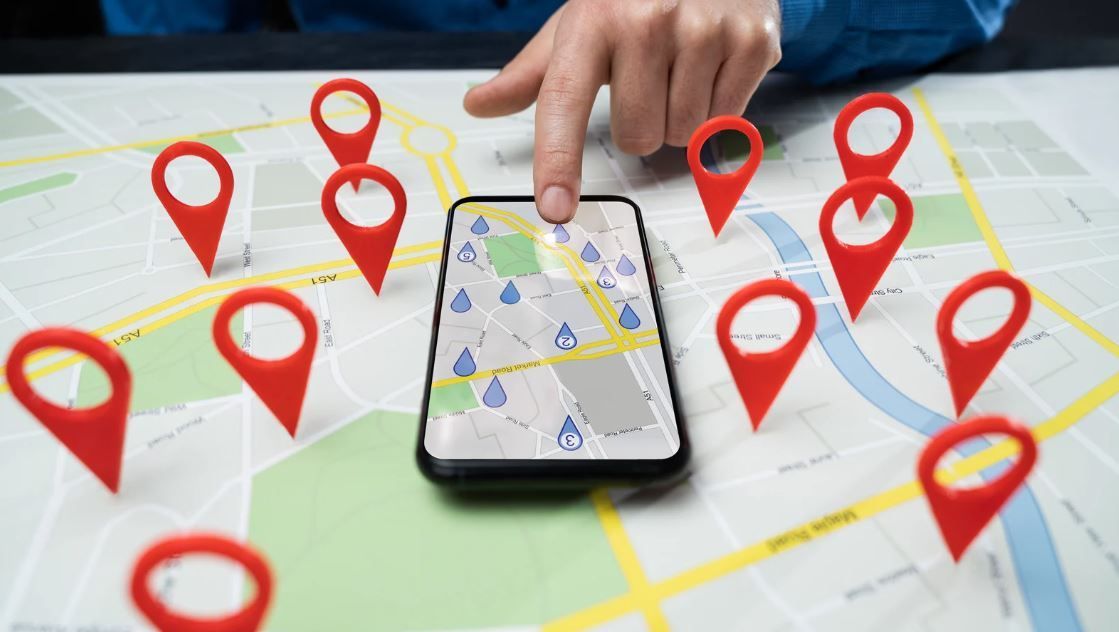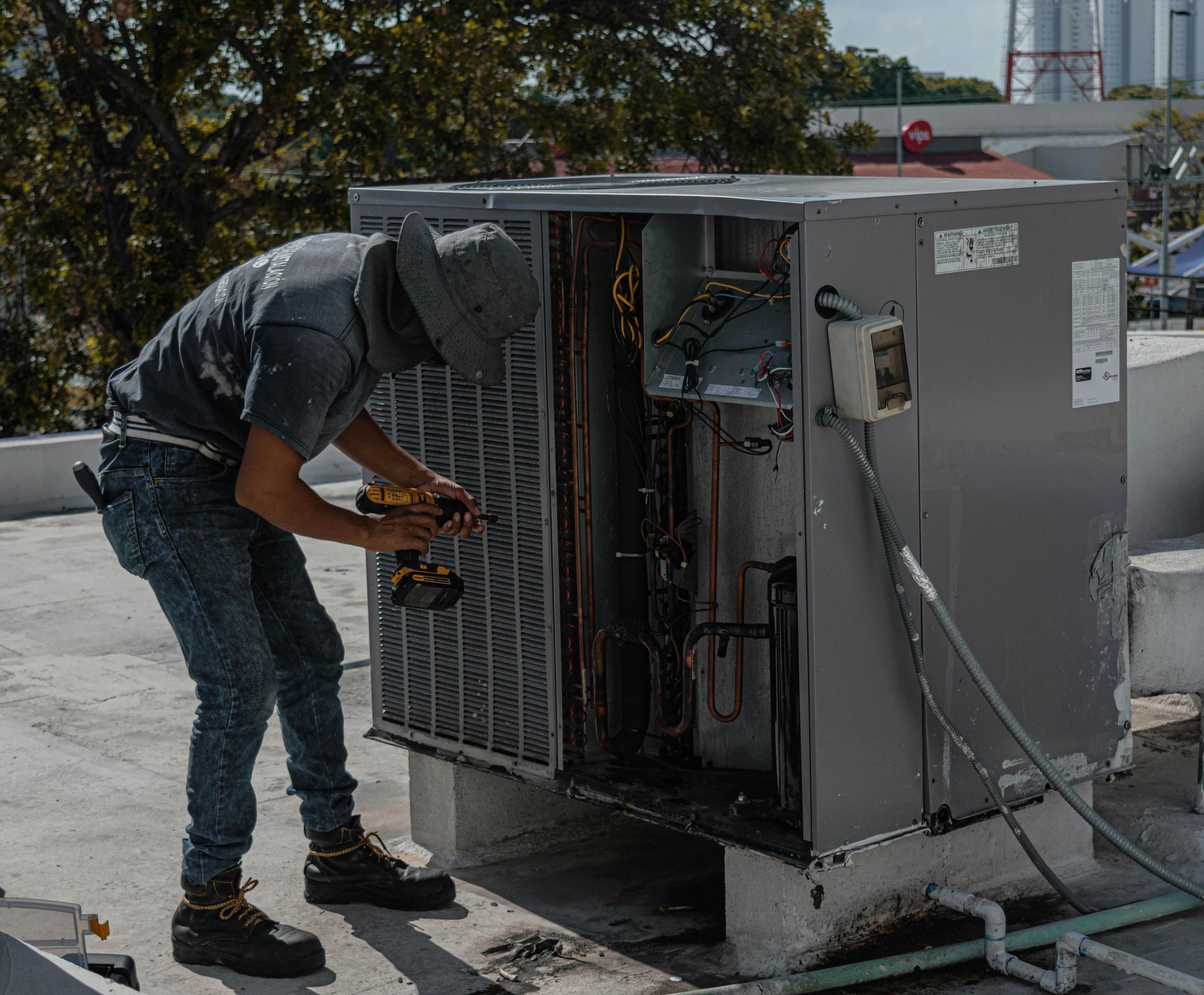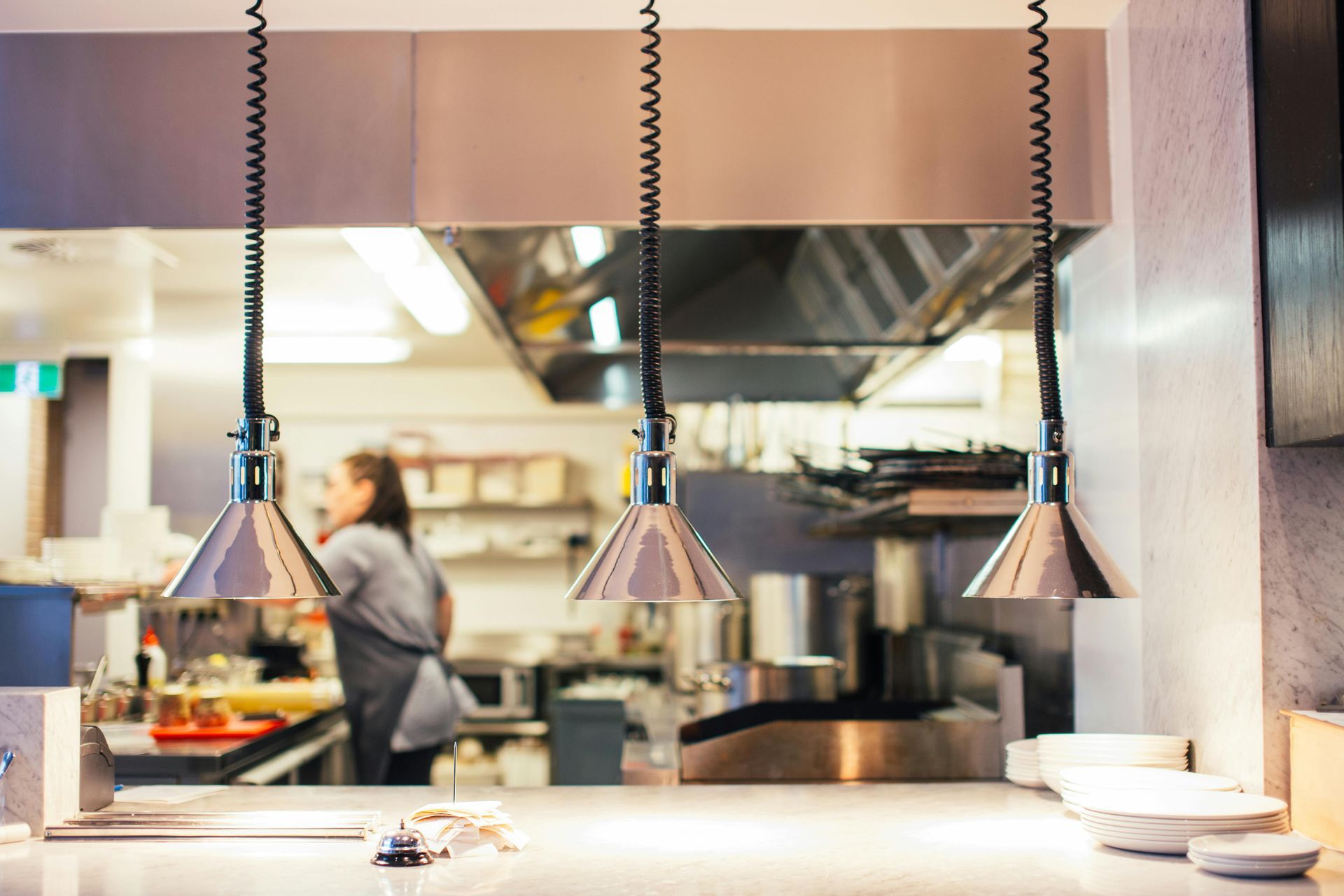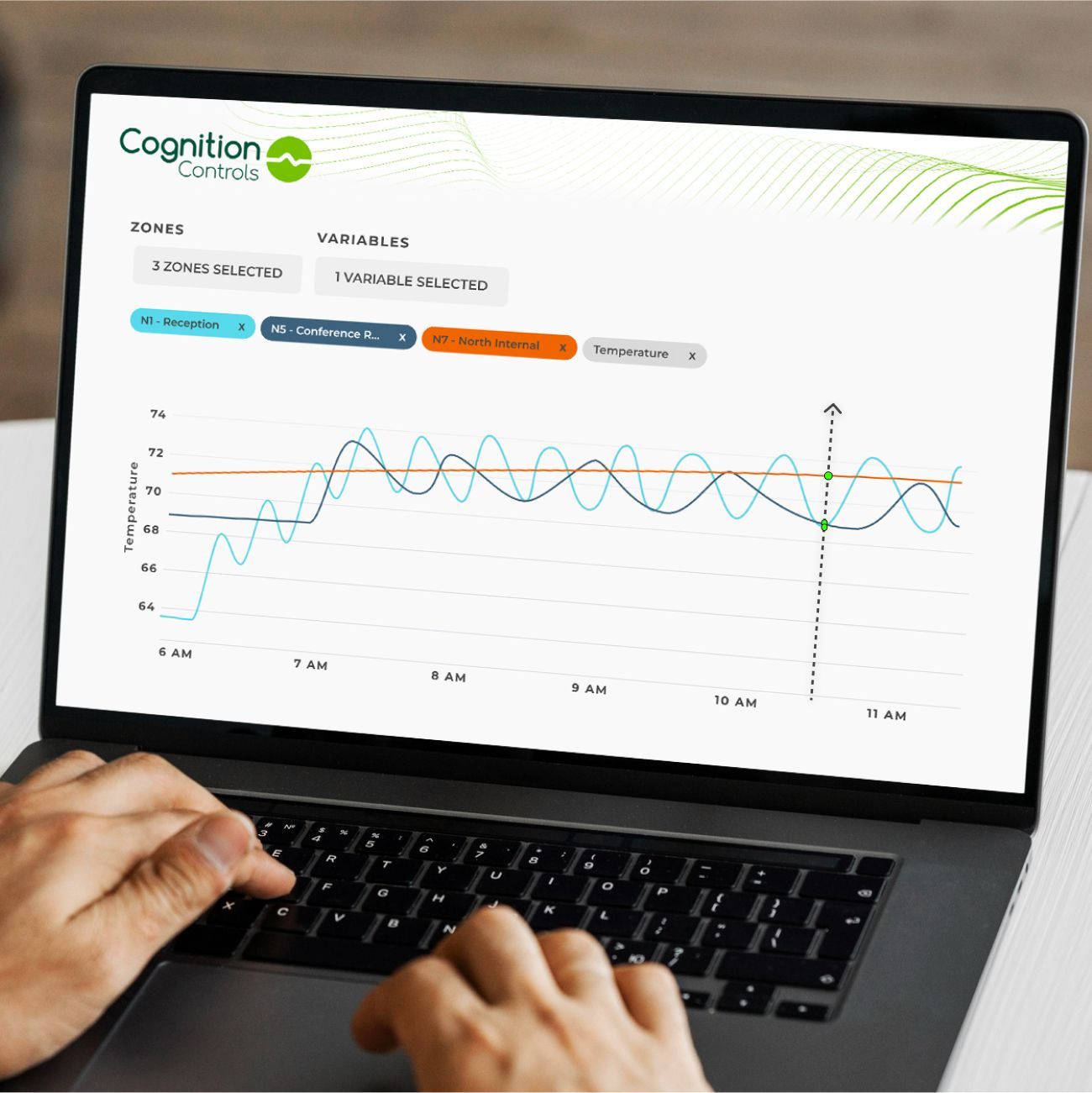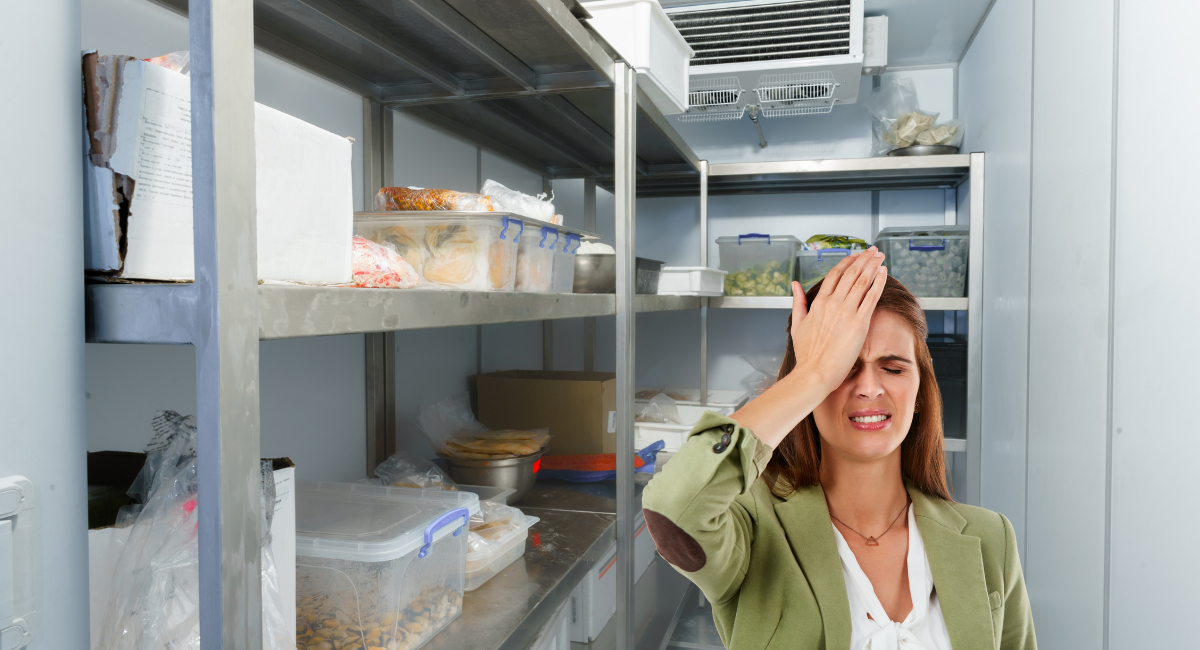How Restaurants Can Save and Monitor Energy Costs!

“You can’t manage what you don’t measure.” This old saying rings true in countless aspects of life, and it’s especially relevant when it comes to energy efficiency in restaurants. For restaurant owners, energy is a significant expense that often goes unnoticed until the bills pile up. But without understanding and managing your energy usage, how can you ensure your restaurant is running at peak efficiency?
Energy efficiency isn’t just about cutting costs; it’s about creating a sustainable, smoother operation that benefits both your profits and the planet. This article explores practical ways to gauge and improve your restaurant’s energy efficiency. Plus, we’ll sprinkle in Pro Tips and intriguing “Did You Know” facts to keep things engaging!
Know Where Your Energy Goes
Restaurants use about 5-7 times more energy per square foot than most other commercial buildings. The biggest culprits? Cooking equipment, HVAC systems, and refrigeration. Identifying what’s using the most energy in your restaurant is the first step towards cost savings.
Pro Tip
Invest in solutions like thermostats with monitoring capabilities or temperature sensors. These technologies provide a transparent view of your equipment’s performance, allowing you to address energy-draining issues early on.
Did You Know?
Refrigerator door openings can waste up to 23% of energy, as found in a Purdue study. This happens when cold air escapes and warm, moist air enters, forcing the system to work harder to cool down and defrost. One effective solution is investing in a smart thermostat, which helps regulate temperature efficiently and reduces unnecessary energy use.
Optimize Your Kitchen Equipment
An efficient kitchen can save thousands in energy costs annually. Improper operation or maintenance can drive up costs faster than you realize.
Steps to Save on Kitchen Energy:
- Routine Maintenance: Dirty or unmaintained equipment consumes more energy. For example, grease buildup on range hoods inhibits airflow, forcing fans to work harder.
- Turn It Off: Turn off or unplug kitchen appliances during downtime instead of leaving them on standby.
- Invest in ENERGY STAR® Equipment: These use up to 25% less energy than standard models.
Pro Tip
Use demand-controlled ventilation systems for your kitchen hood vents. These automatically adjust their power based on the amount of smoke or heat in the air, lowering energy waste.
Did You Know?
Switching from standard deep fryers to energy-efficient ones saves around $300 per year in energy costs per fryer. Multiply that by multiple fryers, and the savings add up quickly!
Keep Your HVAC System in Check
Heating, ventilation, and air conditioning (HVAC) systems often go unnoticed until there’s a problem. But they’re some of the biggest energy guzzlers in a restaurant.
Pro Tip
Change HVAC filters every 2-3 months and schedule regular maintenance. Dust and grease buildup forces the system to work harder, consuming more energy.
Did You Know?
Sealing air leaks around doors and windows can reduce HVAC-related energy costs by 10-20%.
For added savings, consider using smart thermostats, which make automatic adjustments to maintain comfort during peak and off-hours. They can cut your heating and cooling costs by as much as 15% annually.
Lighting: Small Change, Big Impact
Lighting accounts for a smaller percentage of your energy usage compared to equipment, but upgrading it can still deliver significant savings.
Pro Tip
Replace all incandescent bulbs with energy-efficient LEDs. LEDs last up to 25 times longer and use at least 75% less energy than traditional lighting.
Did You Know?
Installing occupancy sensors in storage rooms, restrooms, and office spaces prevents lights from staying on unnecessarily, saving up to 30% on lighting costs.
Don’t Overlook Refrigeration
Refrigeration is a constant energy draw in restaurants. Keeping these systems running efficiently is crucial.
Pro Tip
Perform regular checks on seals and gaskets to ensure doors close tightly. Loose seals cause cool air to escape, making the compressor work harder.
Did You Know?
Raising your walk-in refrigerator’s temperature from 34°F to 38°F can cut its energy consumption by 20%, all while maintaining food safety standards.
For additional savings, clean condenser coils regularly to improve performance.
Employee Training for Energy Efficiency
Educating your team is one of the most effective ways to cut energy costs. When staff know how their actions affect energy use, they can make smarter choices, like turning off appliances when not in use or optimizing cooking processes to avoid waste.
Pro Tip
Create a quick-reference guide for your team that includes simple yet impactful energy-saving tips, such as shutting fridge doors promptly or turning off kitchen lights and non-essential equipment at the end of every shift. Small behavior changes can add up to big savings.
Did You Know?
Restaurants that implement staff training programs focused on energy efficiency can save up to 10% on their energy bills, all without any hardware investment.
Smart Building Controls for Smarter Savings
Restaurants with multiple systems like HVAC, lighting, and kitchen equipment can benefit from smart building controls. These systems automatically adjust operations based on real-time conditions, such as the number of patrons in the dining area or changes in the weather.
Pro Tip
Integrate smart controls to reduce energy usage during non-peak hours. For example, dim lighting in empty areas or adjust HVAC settings for just the occupied spaces.
Did You Know?
Using smart building controls can reduce operational costs by as much as 20%, while ensuring a comfortable dining experience for guests.
Demand-Based Energy Solutions
Demand spikes can lead to costly utility bills, but demand-based energy solutions help manage this. These technologies ensure your systems run at optimal levels during peak hours, avoiding unnecessary energy usage when it’s not needed.
Pro Tip
Use a solution that balances energy use across systems to reduce the overall energy load during busy hours.
Did You Know?
Balancing energy demand prevents excessive strain on equipment, extending its lifespan while reducing costs.
Teach Your Team
Even the best energy-efficient equipment can’t make up for human behavior. Staff awareness and training play a key role in reducing energy waste.
Pro Tip
Create an easy-to-follow checklist for daily energy-saving habits, such as turning off equipment at closing and closing refrigerator doors promptly.
Did You Know?
Restaurants with a dedicated energy-saving protocol in place save an average of 10-15% on annual utility bills.
Encourage staff to report any issues with equipment, such as strange noises or doors not closing properly, to fix problems before they escalate into higher costs.
Take Charge of Energy Efficiency
Energy efficiency is no longer optional for restaurants looking to save costs, improve operations, and make an eco-friendly impact. It starts by understanding where you stand and taking actionable steps like upgrading equipment, maintaining systems, and fostering a culture of energy awareness.
“You can’t manage what you don’t measure.” With smart tools to monitor energy use and a proactive approach to maintenance, your restaurant can achieve significant savings while running more smoothly.
Cognition Controls Can Help
Energy efficiency is no longer optional for restaurants looking to lower costs, improve sustainability, and streamline their operations. To be effective, these solutions need to be practical for the realities of the restaurant environment, while providing the data and tools to take action.
With Cognition Controls, restaurant owners gain the right level of visibility into equipment operations to identify issues and reduce costs. Whether it's identifying underperforming HVAC equipment, a freezer temperature that is trending out of range. Leveraging intelligent refrigeration monitoring will optimize performance.
Start with these tips today, and watch how the savings add up over time!
Frequently Asked Questions
How can I tell if my restaurant equipment is running inefficiently?
Pay attention to signs like increased utility bills, or refrigerators with ice build up around compressors, or longer cooking times for kitchen equipment. Using smart devices and technology that give you real-time and historical data on temperatures or equipment runtimes is key to identifying which equipment has inefficiencies, and taking action before those issues escalate.
Is making my restaurant energy-efficient expensive?
Not necessarily! While upgrading appliances to newer, energy-efficient models has upfront costs, many changes, such as sealing air leaks, installing fridge temperature monitors, or using smart thermostats, are low-cost investments that yield significant savings. Investing in tools to monitor and optimize energy can quickly pay for themselves through lower utility and repair bills.

